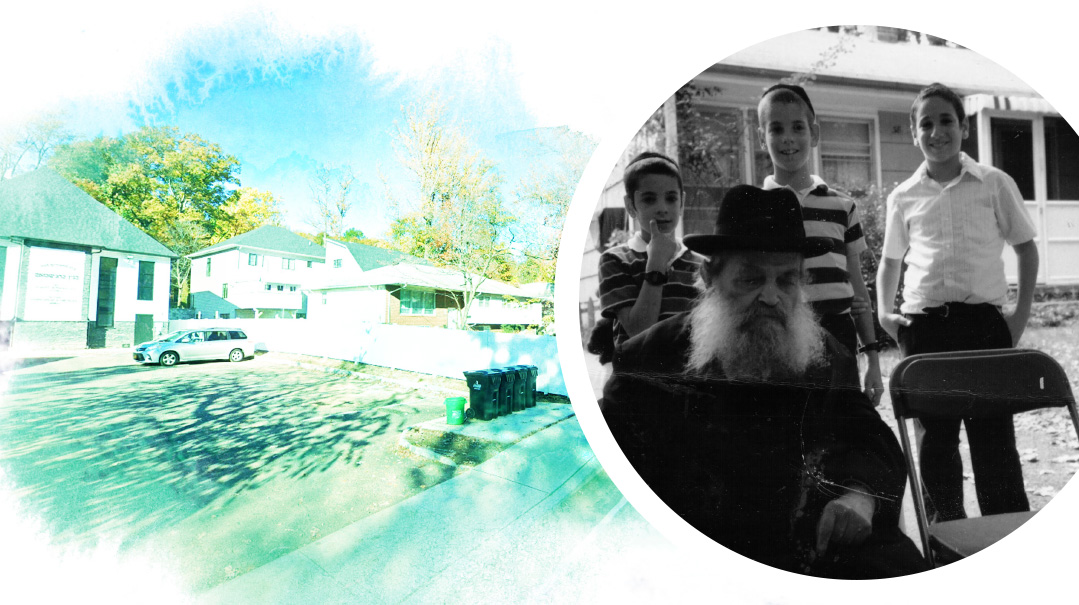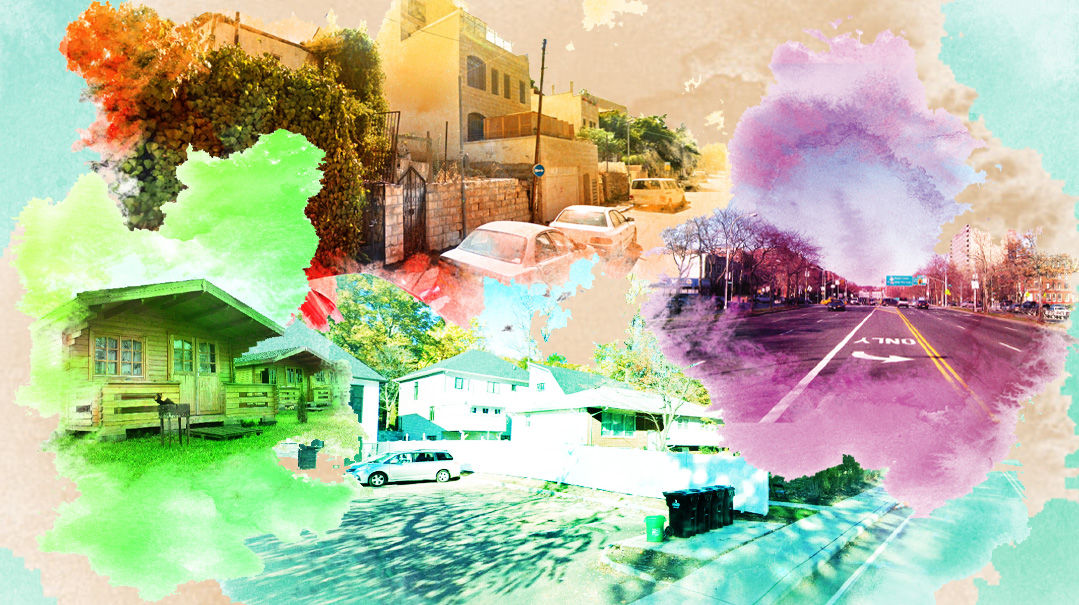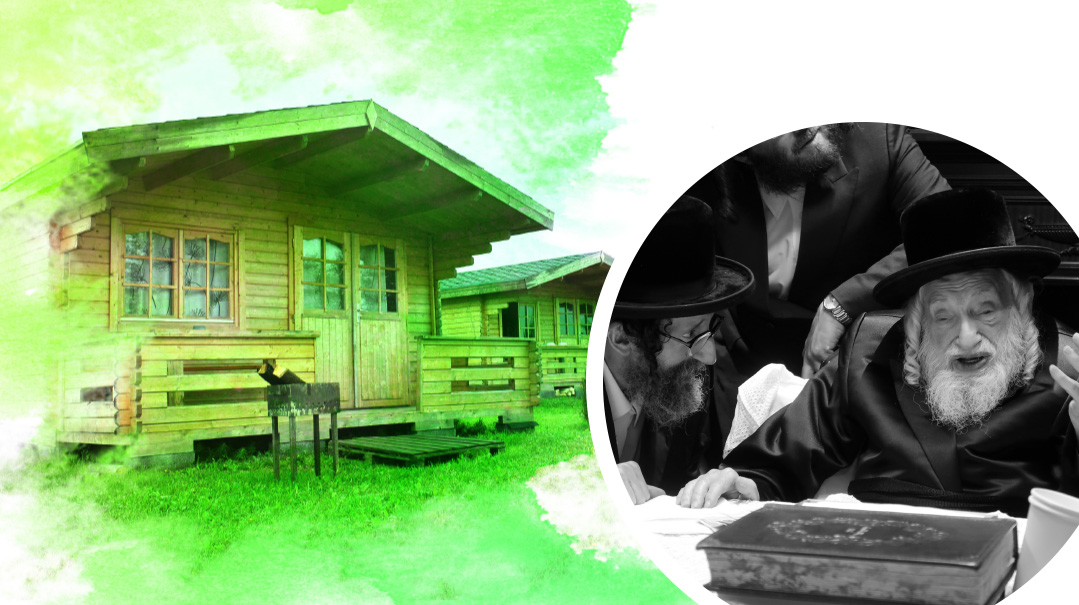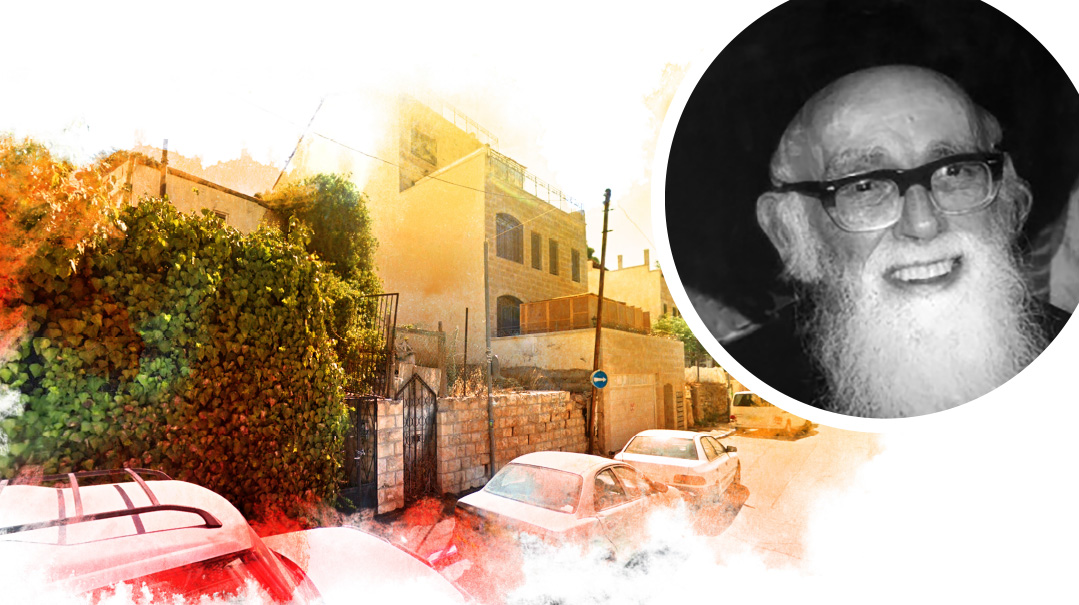Rav Shlomo Zalman Friedman — Holy Fire
| May 31, 2022And then, one Friday night before Succos, the Rav’s home was destroyed in a devastating fire
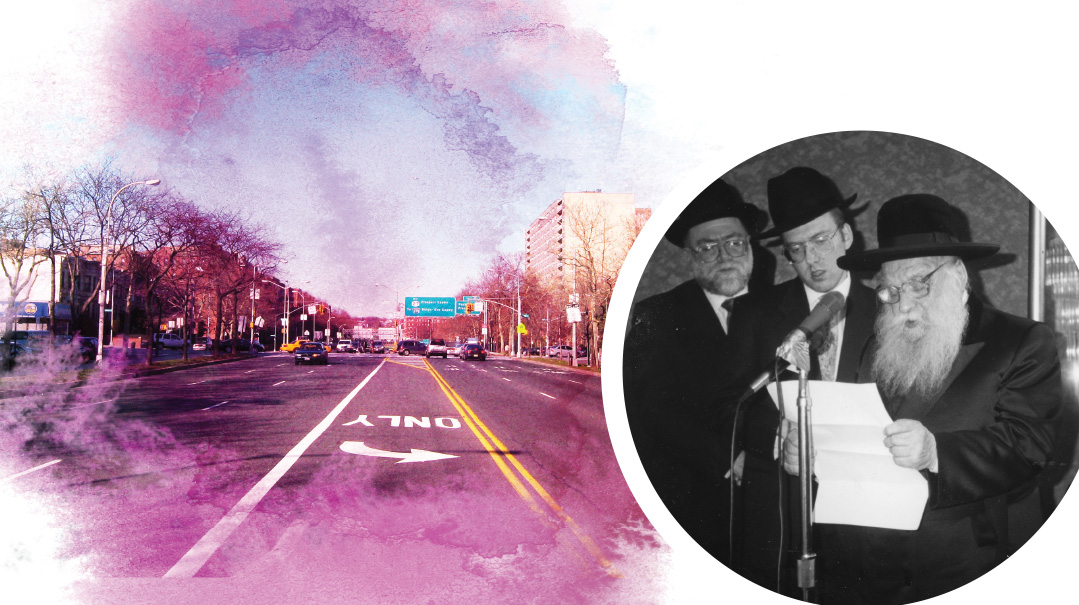
I
grew up in Flatbush, a short walk from the Ocean Parkway home of the Tenke Rav, Rav Shlomo Zalman Friedman. He and his rebbetzin lived on the second floor; the first floor housed the shul.
The Tenke Rav was a talmid of the Atzei Chaim of Sighet, and he was a distinguished talmid chacham and rav before the Holocaust. He was one of those rare chassidishe rabbanim who chose to build their little shuls — embassies of the vanished worlds of Galicia, Romania, and Hungary — in the Flatbush hub of Ashkenazim and Sephardim, rather than in Boro Park or Williamsburg. Rav Yoel Teitelbaum had offered him the position of rosh yeshivah of Satmar in Williamsburg, but he declined, preferring to serve Hashem and lead a small kehillah in the relative obscurity of tree-lined Flatbush.
And then, one Friday night before Succos, the Rav’s home was destroyed in a devastating fire.
The Rav and Rebbetzin recovered from their injuries, but there was no longer a shul. So my father, the founder and rosh yeshivah of Mikdash Melech, the first Sephardic yeshivah gedolah in the Western Hemisphere, made a decision with little deliberation: He invited the Tenke Rav to reopen his shtibel in Mikdash Melech’s dining room. The dining room was used by the bochurim only for meals, and there would be no disruption of the sedorim from the arrangement.
The Rav and Rebbetzin accepted. The Tenke shtibel was now in a Sephardic yeshivah, and the Rav moved into a new home two doors away.
This is how the relationship between the Rav and my father grew. And not only my father — also the rest of the Mikdash Melech community. It was a true chiddush that this chassidishe rav, who only spoke Yiddish, developed such a strong rapport with the Beis HaTalmud-educated maggidei shiur and the American-born Sephardic bochurim and balabatim who comprised the Mikdash crowd. The Tenke Rav became not only a neighbor of the yeshivah and its tenant. He became part of the fabric of the yeshivah.
The Rav would attend and even speak at many yeshivah functions, like the Simchas Beis Hashoeivah and the hilula of Rabi Shimon bar Yochai. On Simchas Torah, he would briefly leave his own hakafos to dance with the Sephardic sifrei Torah — and the bochurim and yungeleit, the living sifrei Torah, and the growing balabatim who rounded out the Mikdash family. They would invariably kiss his hand and ask for brachos or advice, which he would graciously dispense. (Once, when I told him that it was my Hebrew birthday, he asserted that I could daven for anything that day, quoting the juxtaposition of two phrases in Tehillim 2: “I have given birth to you this day; ask of Me and I will give you…”) It was common for the Rav to be invited to the simchahs of the Mikdash rebbeim and to be honored with krias hakesubah or other kibbudim under the chuppah.
And he was in Mikdash Melech, without fail, every single morning during chazaras hashatz. The Rav had already davened Shacharis, but he made sure to come to the beit medrash for Bircas Kohanim, because we Sephardim recite it every day, even in chutz l’Aretz.
Once, only one Kohein was present, but the fellow davened a long Shemoneh Esreh so everyone, including the Rav, lost out on the sublime blessing that day. The Rav approached him afterward.
“Ah mitzvah d’Oraisa!” he remonstrated.
It was clear that he believed that the desire for an extended Amidah does not supersede the duty to bentsh the tzibbur.
Often he would gather a group of three men to perform hatavas chalom. I assumed that they were for nightmares that were the result of his trauma during the war.
He would sometimes visit the yeshivah’s sleepaway camp, Shivtei Yisrael. There was a veritable Yom Tov spirit in the air on those occasions. He would address the hundreds of campers in Yiddish, and my uncle, Rav Dovid Lopian, the other rosh yeshivah of Mikdash and the camp’s mara d’asra, would translate.
“Chazal say that when Mashiach comes, all the batei medrash and shuls will be transplanted to Eretz Yisrael,” the Rav once said. “I feel that when Mashiach comes, this entire camp will be transplanted there — every aspect of it is kadosh!”
If I had to encapsulate my memory of the Tenke Rav in one word, it would be heilig. His regal bearing and every action bespoke kedushah; his eyes, calm and friendly, had a discernible distance in them, as if he resided here and in a higher realm simultaneously.
In that terrible fire, all of the manuscripts of the chiddushim he had written and hadn’t yet submitted to the printer went up in smoke. All of the seforim in his library were destroyed as well — except for the Noam Elimelech, which was found, unscathed, on his dining room table. That sefer stayed on the dining room table of his new home for the rest of his days. The Rav went on to publish several volumes of seforim, entitled Chemed Shlomo, rebuilding from the ashes for the second time in his life.
The Tenke Rav was like that copy of Noam Elimelech, a rare survivor of the Great Conflagration that consumed so many Jews and so much Torah. He was saved, and we are the richer for it. The image of that saintly chassidishe tzaddik endures in my memory, and in the memories of the hundreds of Sephardic bochurim who were privileged to see and know him.
Moshe Benoliel is the director of alumni affairs at Yeshiva Darchei Torah in Far Rockaway, New York.
(Originally featured in Mishpacha, Issue 913)
Oops! We could not locate your form.

